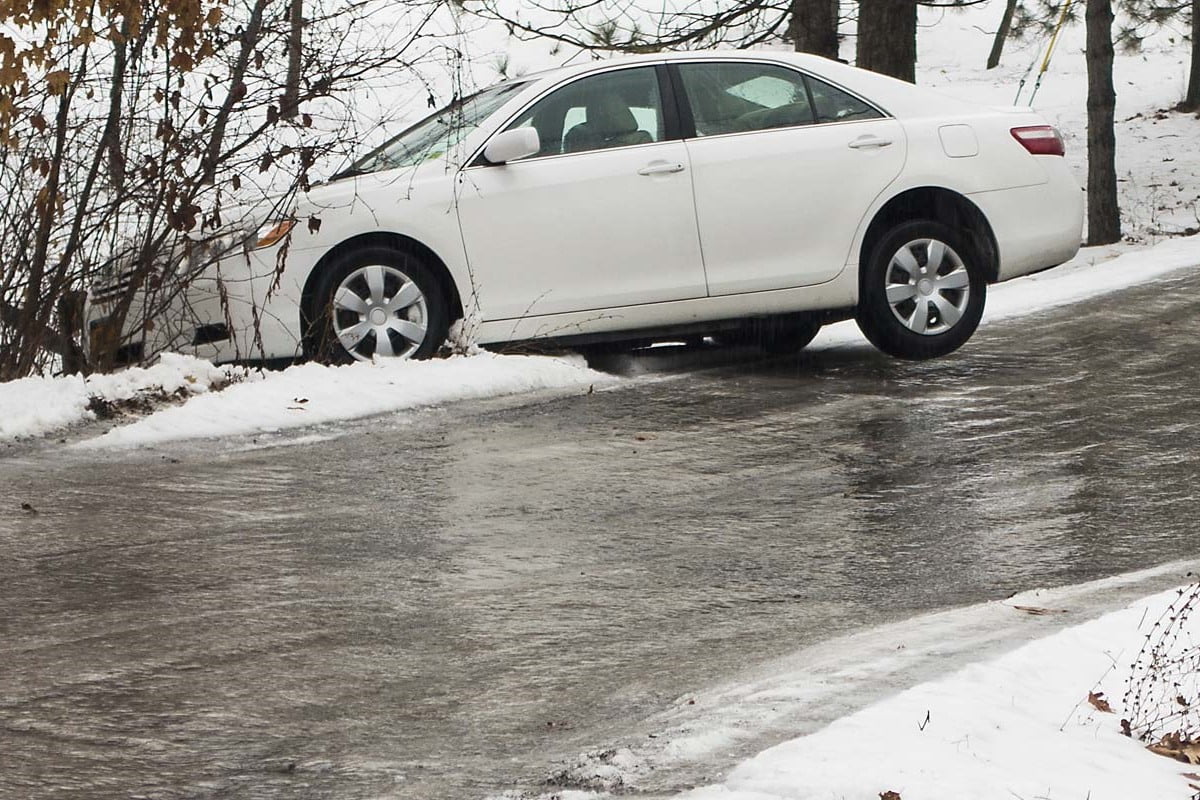Defensive driving is a set of skills and habits aimed at minimizing the risks on the road. It involves anticipating potential hazards and taking proactive measures to avoid accidents.
For example, when driving in heavy traffic, a defensive driver maintains a safe following distance to allow for sudden stops, reducing the chance of rear-end collisions.
The benefits of embracing defensive driving are numerous. It can save you money by reducing vehicle wear and tear and leading to lower insurance premiums. Defensive driving is not just about safety; it’s also about personal and financial well-being.
And while you’re prioritizing safety on the road, don’t forget to prioritize your fun too – don’t miss out on the exciting Play Croco no deposit bonus codes. Stay safe and enjoy the perks of both responsible driving and gaming.
How Defensive Driving Differs from Aggressive or Reckless Driving
Defensive driving starkly contrasts aggressive or reckless behavior on the road. While defensive drivers focus on safety and responsible decision-making, aggressive drivers engage in risky behaviors like tailgating and road rage.
Defensive driving emphasizes hazard avoidance and preparedness, while aggressive driving often leads to accidents and conflicts. Understanding these distinctions is essential for making informed choices on the road.
Developing Situational Awareness
Situational awareness is one of the key tenets of defensive driving. Simply said, it refers to being aware of your surroundings while driving. Being mindful is essential because it allows you valuable time to react to any threats.
Imagine yourself behind the wheel of a vehicle on a crowded highway. By staying alert, you could see a vehicle swerving into your lane and act to avoid it.
Scanning Techniques for Monitoring Traffic
Effective scanning techniques are vital for maintaining situational awareness. Instead of focusing solely on the car in front of you, a defensive driver frequently scans their surroundings.
For example, you might regularly check your rearview and side mirrors to see what’s happening behind you. This practice ensures you’re aware of approaching vehicles and potential blind spots.
Identifying Potential Hazards on the Road
Defensive driving also involves identifying potential hazards before they become a problem. This includes spotting erratic drivers, pedestrians about to cross, or debris on the road.
For instance, if you see a construction zone up ahead, you can begin to slow down and merge into the appropriate lane well in advance, reducing the risk of sudden braking or swerving.
Keeping a Safe Following Distance
Maintaining a safe following distance is a fundamental defensive driving principle. The two-second rule is a helpful guideline: you should always stay at least two seconds behind the vehicle in front of you.
Adverse weather conditions or poor road surfaces can significantly affect your stopping distance. In such situations, it’s crucial to adjust your following distance accordingly. For example, on a rainy day, you might increase your following distance to three or four seconds to account for reduced traction and longer braking distances. This adjustment gives you more time to react to sudden stops.
Tailgating is the complete opposite of safe following distances. It’s when a driver follows the vehicle in front so closely that there’s little room for reaction. This practice is risky and a significant cause of rear-end collisions.
With insufficient following distance, a collision is nearly inevitable. Defensive drivers avoid tailgating at all costs, prioritizing safety and giving themselves the time and space needed to respond to changing road conditions.
Speed Management
Adhering to posted speed limits is a fundamental aspect of defensive driving. These limits are set to ensure safe travel on different types of roads.
For instance, on a residential street with a posted speed limit of 25 mph, sticking to this speed helps protect pedestrians and reduces the risk of accidents. It’s not just about avoiding fines; it’s about ensuring everyone’s safety.
Adjusting Speed for Road Conditions
Driving defensively means being aware of how quickly road conditions can change. They modify their pace in response to various conditions, including sudden downpours, snowy roads in the winter, and roadside debris.
For instance, slowing down can help you avoid hydroplaning and losing control on a wet road. Being adaptable is essential for maintaining your safety while driving.
The Risks of Speeding and the Consequences
Defensive drivers are especially mindful of the dangers associated with speeding, which is one of the major causes of accidents. Excessive speed limits your capacity to respond to hazards and worsens crashes.
Speeding can have serious repercussions, including penalties, license suspension, higher insurance rates, and, worst of all, injury or death. A few extra minutes of travel time are not worth the potential repercussions; therefore, defensive drivers put safety before the impulse to speed.
Handling Intersections and Right of Way
Intersections are potential hotspots for accidents, so knowing how to navigate them safely is essential. Defensive drivers approach intersections with caution, coming to a complete stop at stop signs and obeying traffic signals.
They also yield to pedestrians and other vehicles as required. For instance, when making a left turn at a green light, they wait for oncoming traffic to clear before proceeding.
Handling Emergencies
Defensive drivers are well-prepared for unexpected emergencies. They understand the value of having an emergency kit in their vehicle. This kit typically includes items like a flashlight, first aid supplies, blankets, a basic toolset, and non-perishable food and water. These essentials can be a lifeline in case of breakdowns or accidents, ensuring you’re ready to handle unforeseen challenges on the road.
Defensive driving is a way of life on the road rather than just a collection of regulations, to sum up. By using these methods, you’re helping to make all roads safer while also lowering your own risk of accidents. Exercising good judgment while driving can avert tragedies and save lives. To improve road safety, adopt defensive driving as a daily habit. Travel safely!


